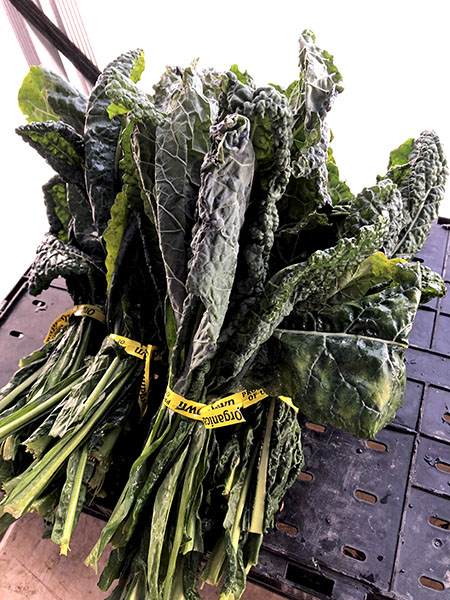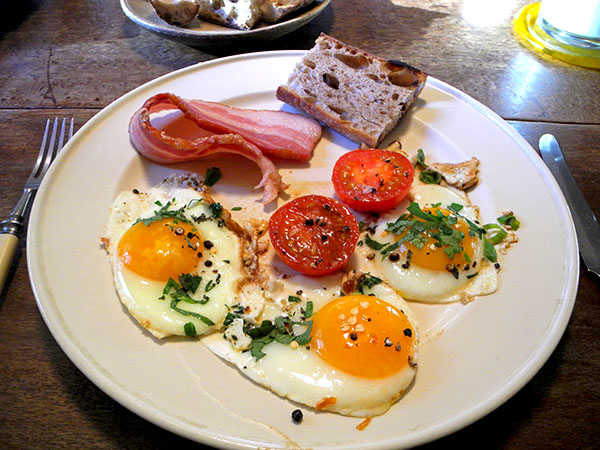
(sunlight reflected from the north on its rare stretch across an ancient table)
The Amish generally have a reputation for their traditional ways, and their reluctance to adopt modern conveniences, although this hasn’t always meant always abjuring actual modern technologies, and there are major variations in the practice of their many communities. Still, it’s interesting to find the Amish farm most familiar to this New Yorker, and perhaps most New Yorkers, introducing us to relatively innovative food products.
I’m no longer surprised to see John Stoltzfoos selling things like peppery cheeses and spicy sausages (all excellent, by the way), but I was recently surprised to find him in his family’s Millport Dairy Farm stall at the Union Square Greenmarket, selling blue eggs that had been laid by the trendy Americauna chicken, which was first bred in the US in the 1970s.
I’ve been buying those eggs ever since. The color is only incidental for me: It’s the taste and those plump, deep-yellow yolks that are the attraction for both Barry and I now.
This morning afternoon they dominated a particularly beautiful breakfast table, a rather traditional American board whose ingredients were, except for the salt and pepper, and, probably, the butter, entirely of local origin.
- the makings of this meal included thick bacon from Millport Dairy Farm, Cultured Pastured Butter from Organic Valley, Japanese scallion greens from Norwich Meadows Farm (remarkable survivors, with some attention, in the crisper!), Ameraucana chicken eggs from Millport Dairy Farm, black pepper, sea salt, Maldon sea salt for finishing, crushed dried golden/orange habanada bought fresh from Norwich Meadows Farm, Backyard Farms Maine ‘cocktail tomatoes’ (from Maine, near Skowhegan, and they are so pretty local, pretty green) via Whole Foods Market, winter savory (now half-dried from branches that were originally fresh) from Stokes Farm, fresh lovage from two Guys from Woodbridge, toasts of a day-old whole wheat baguette from Runner & Stone Bakery, and fresh slices of a Sullivan Street Stirato
- the music was an extraordinary performance of Beethoven’s 1823 ‘Missa Solemnis’ John Eliot Gardiner conducting l’Orchestre Révolutionnaire et Romantique, the Monteverdi Choir, and the solists Alastair Miles, Charlotte Margiono, Catherine Robbin, and William Kendall
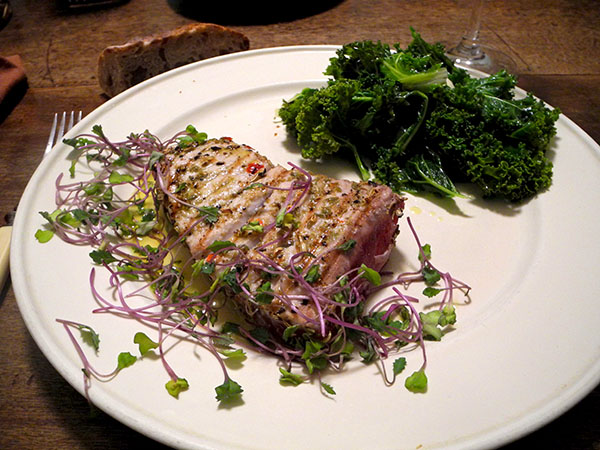

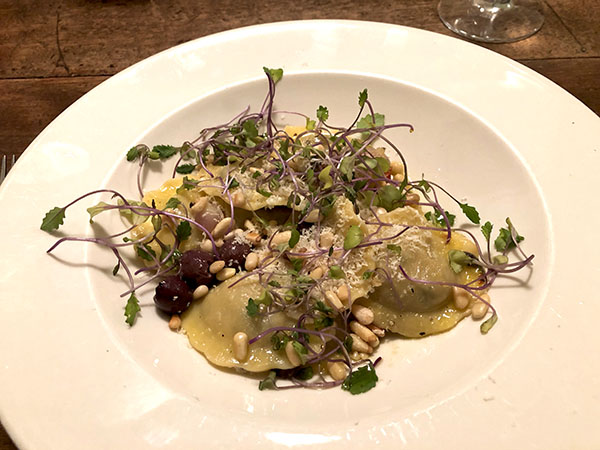

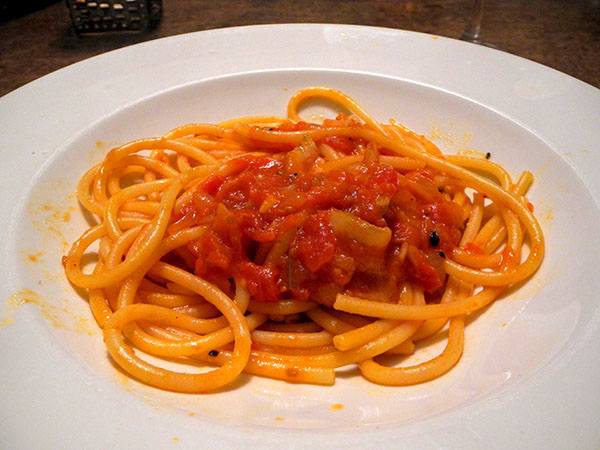
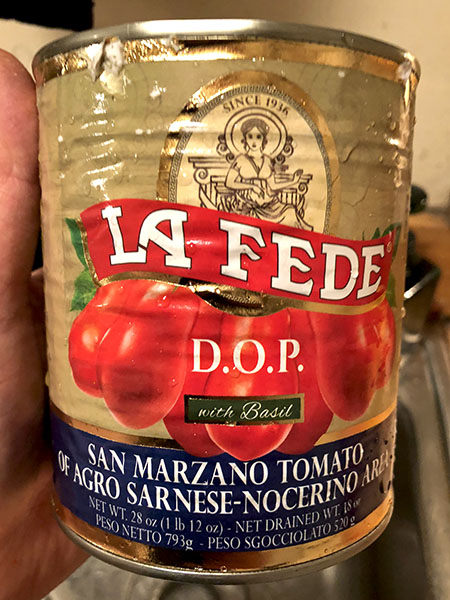
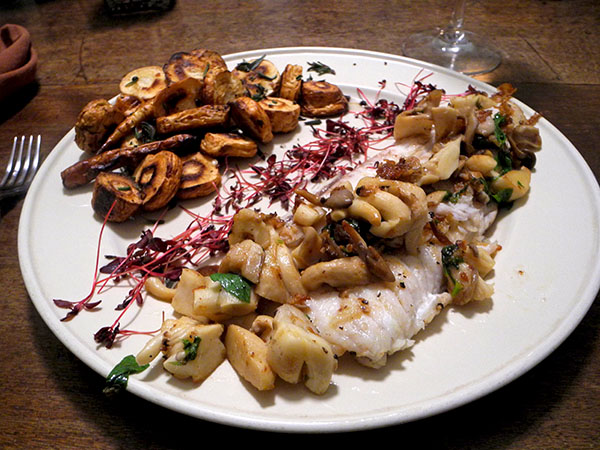
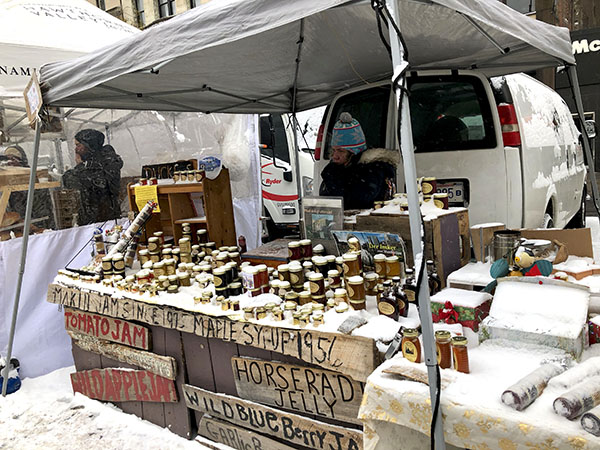

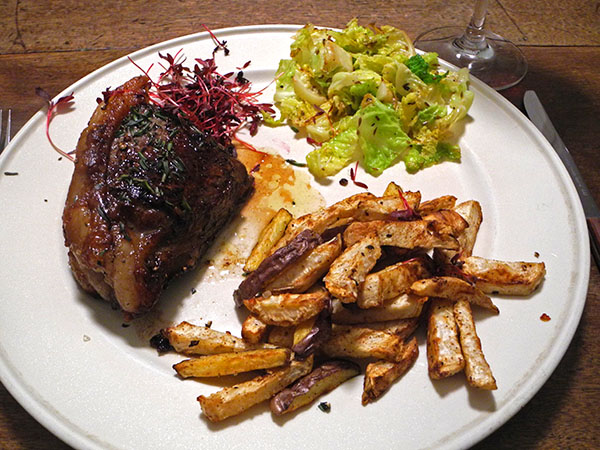

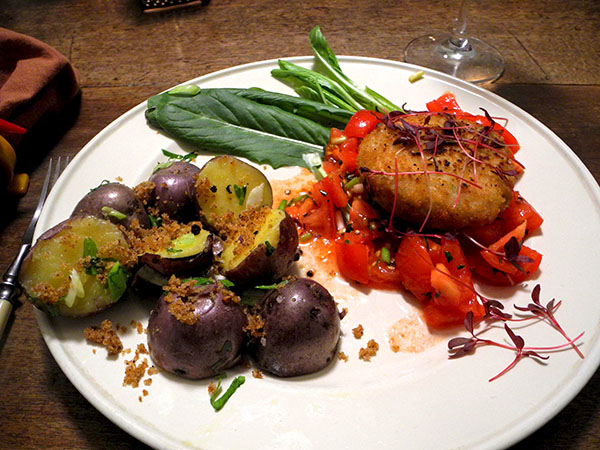
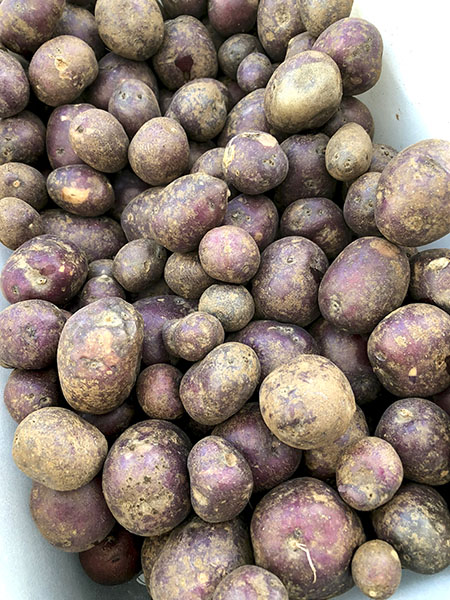
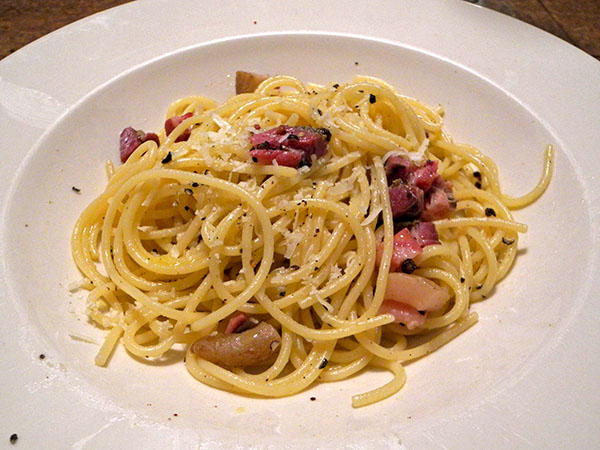
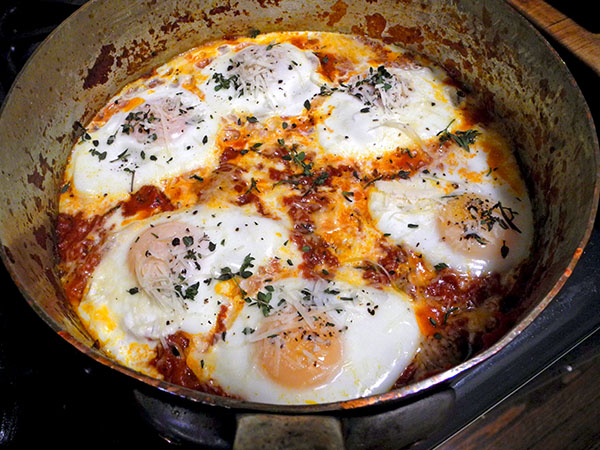

 z
z